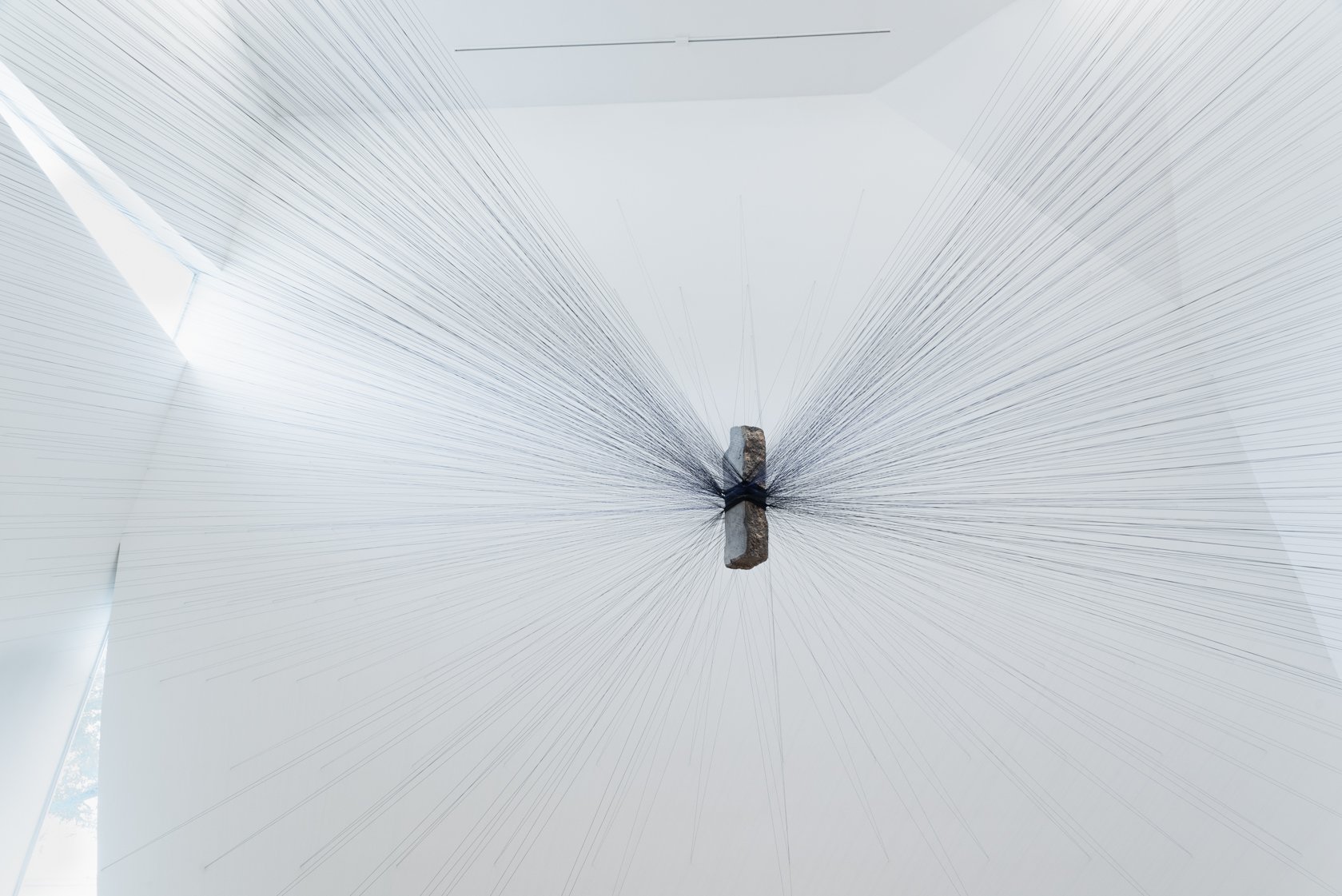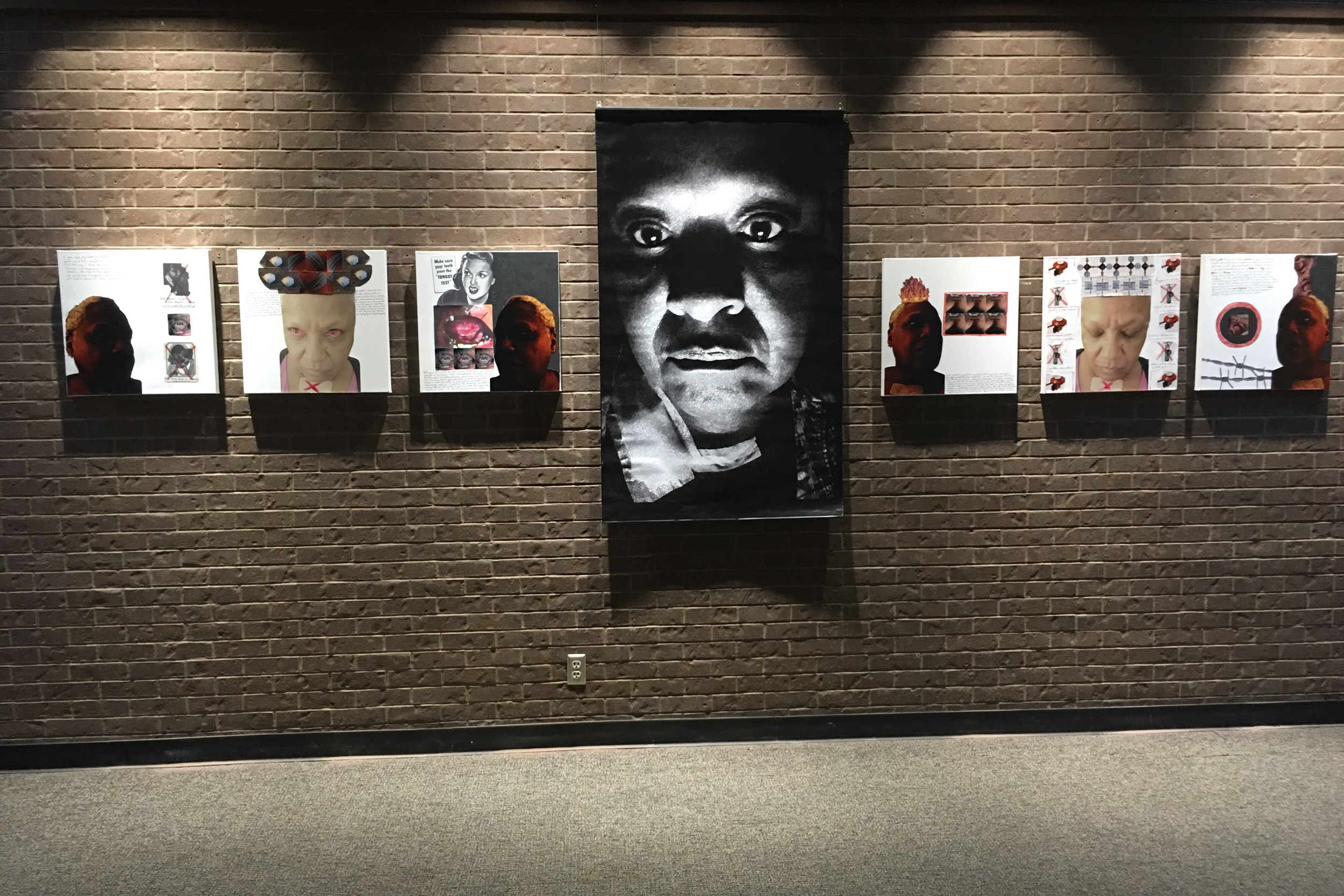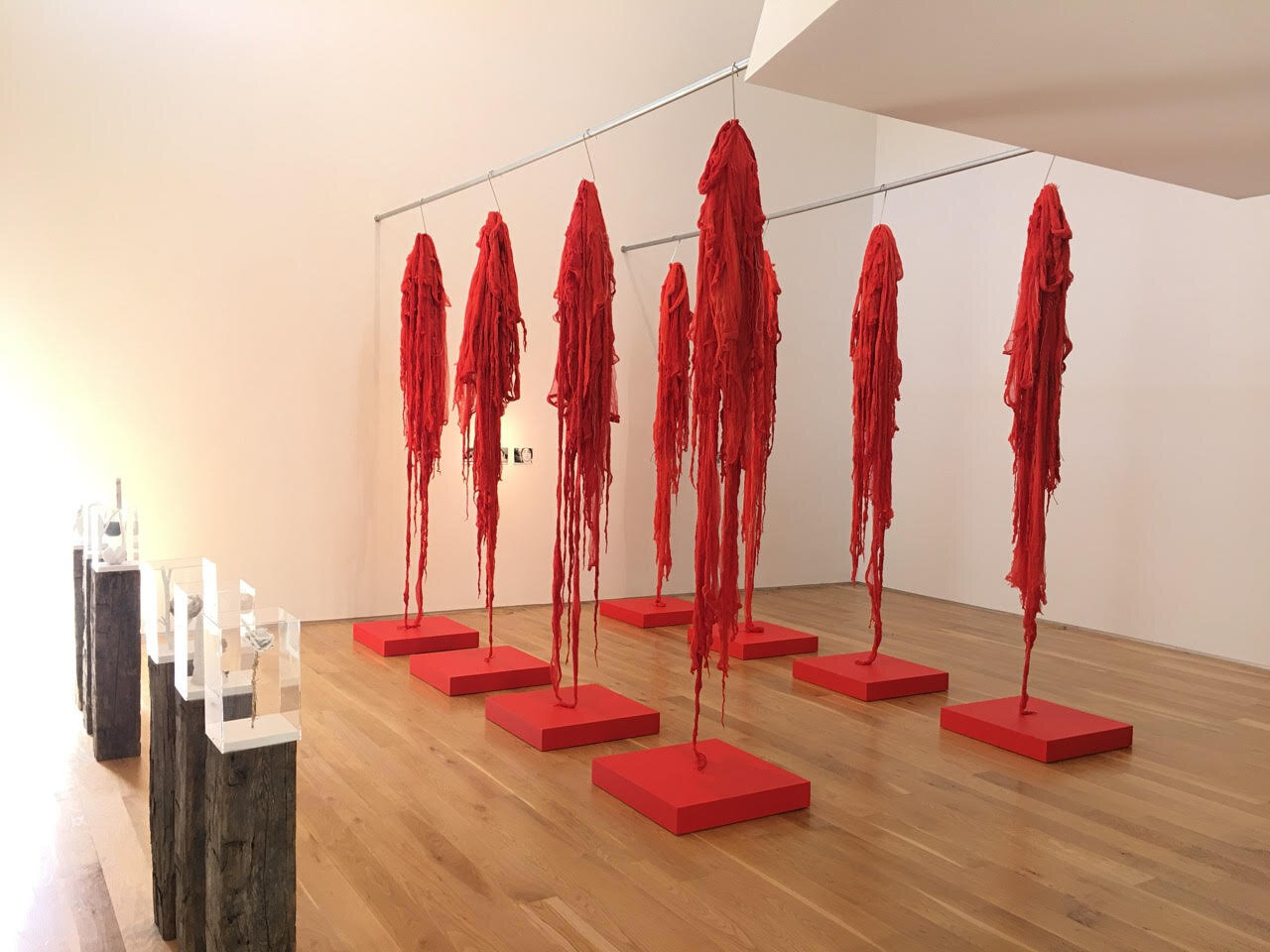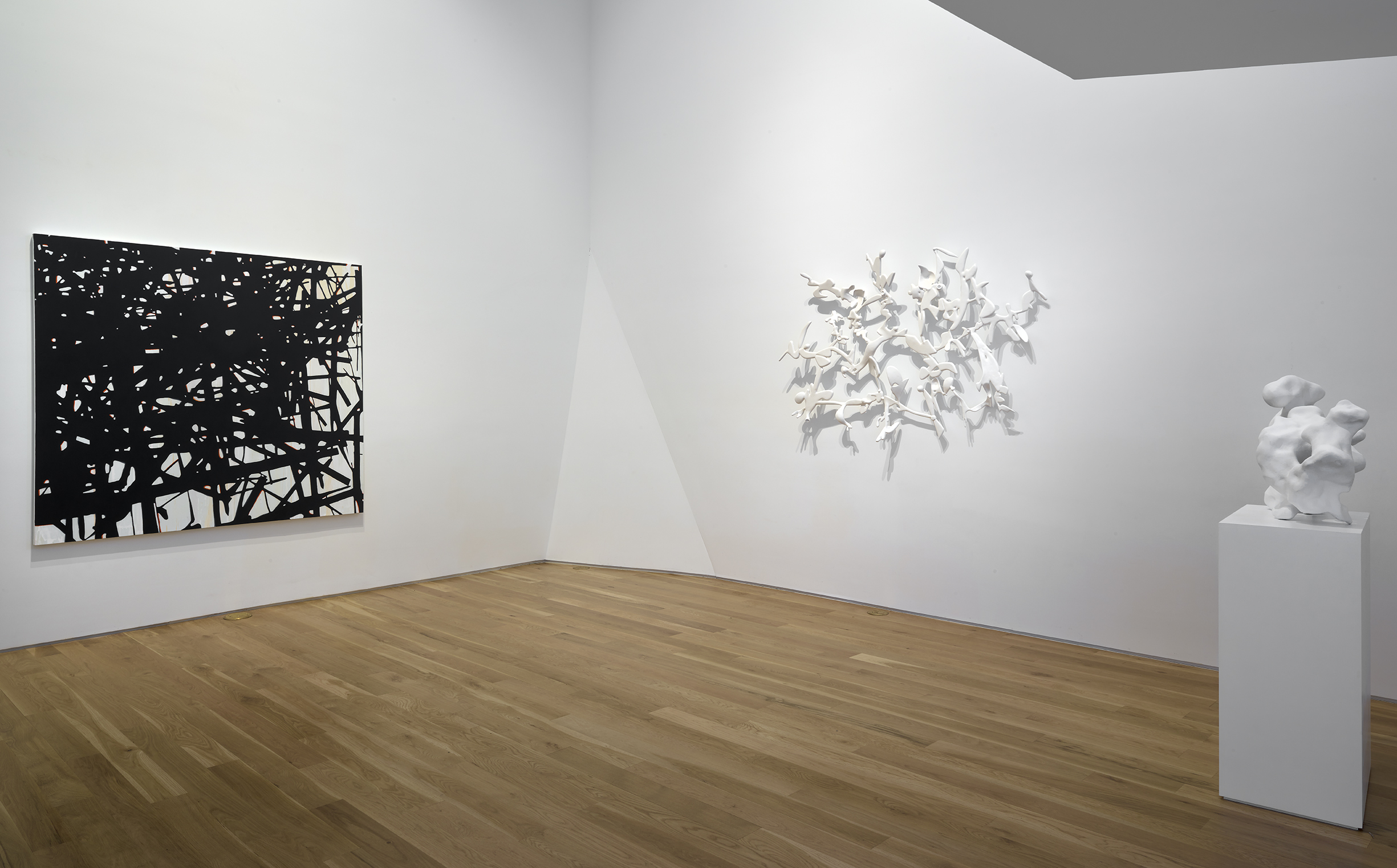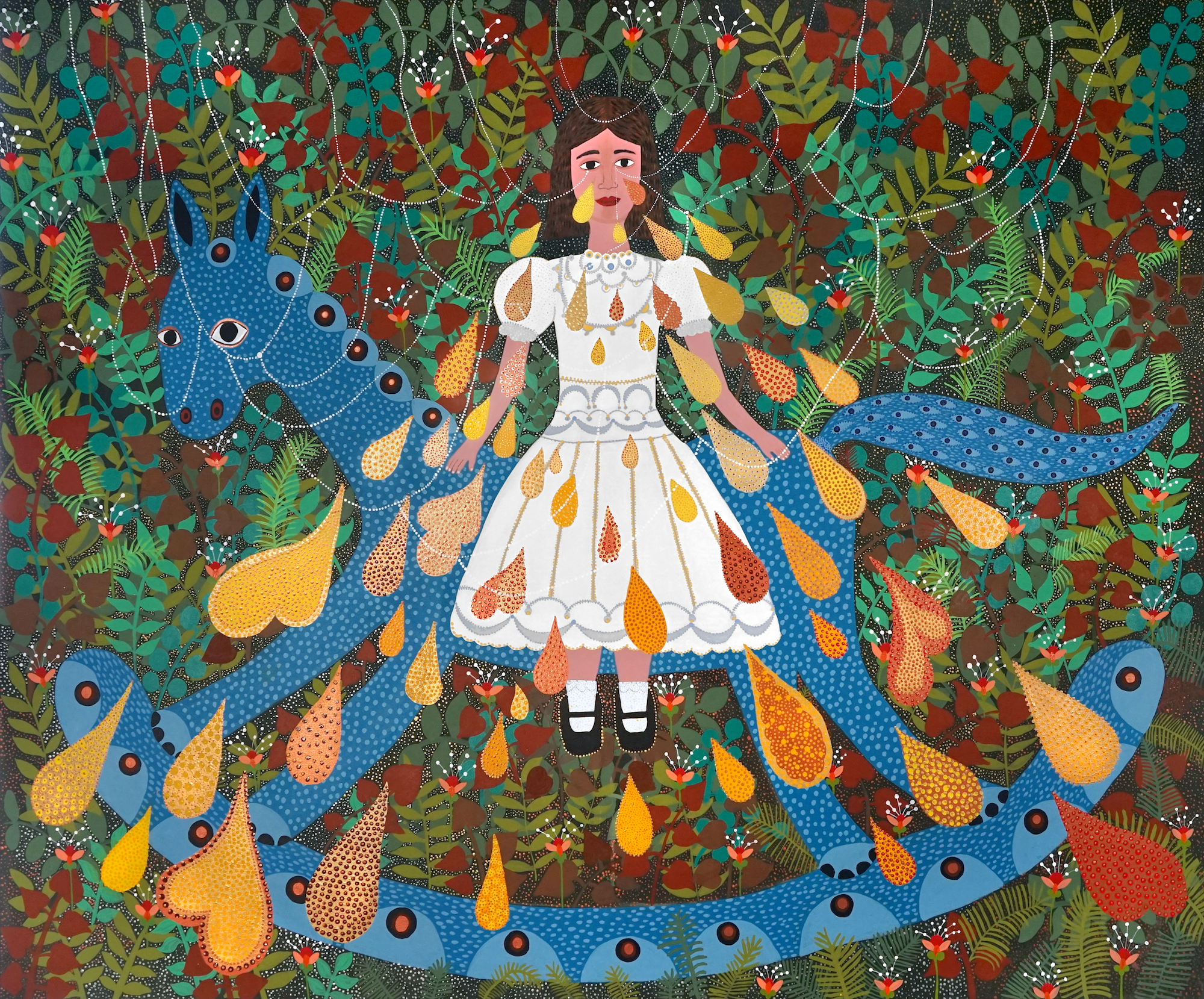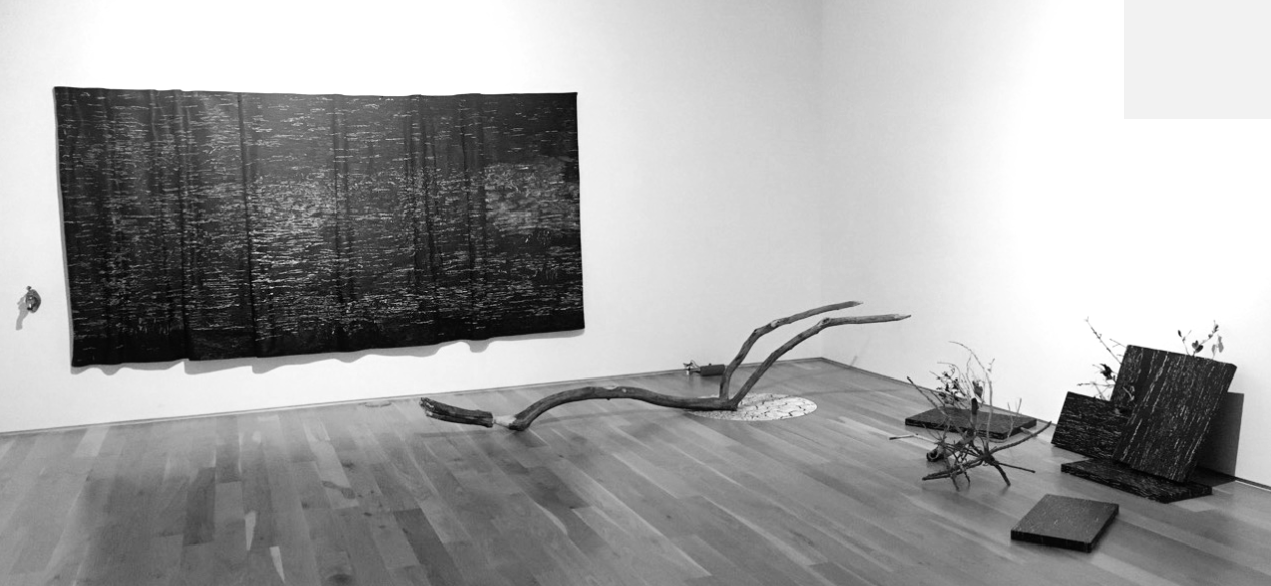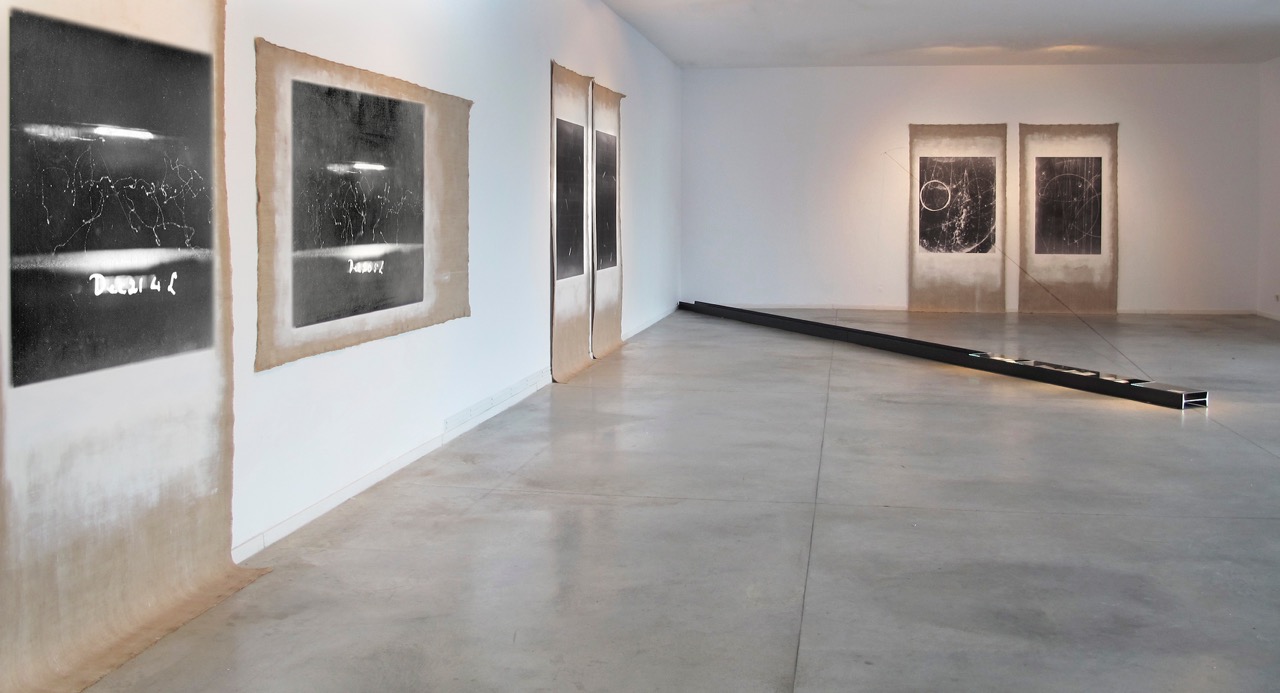Please click on the images for more information about our Past exhibitions and events:
ROBERT RUELLO
SIGNAL SPIRITS
November 8, 2024 - January 24, 2025
HOUSTON HAUNTOLOGY
CURATED BY VALENTIN DIACONOV
January 26 | January 27 | February 3
2024
MILTON BECERRA
KINETIC WEBS
CURATED BY MARI CARMEN RAMIREZ
April 14 - December 15, 2023
CAROLINA OTERO
L’INFRAMINCE
Dec 18, 2022 - January 15, 2023
SOLEDAD SALAMÉ
FORCED BY NATURE
September 17, 2021 - January 8, 2022
DAWN DEDEAUX
BEING AND EVERYTHING
November 1, 2020 - June 21, 2021
VIOLETTE BULE
ECHO CHAMBER
August 1 - October 18, 2020
VICKI MEEK
VULNERABLE
November 17, 2019 - January 5, 2020
MERY GODIGNA COLLET
INTERFERENCE: RECENT WORKS
October 13 - November 8, 2019
JOHN CALAWAY
RECENT WORK
September 12 - October 9, 2019
GERARDO ROSALES
LOOKING FOR A HERO, OR, WHIPS, WHIMS, AND WIGS, AND GIO PONTI IS JUST AN EXCUSE
March 29 - May 29, 2019
MARÍA CRISTINA JADICK
EXITIUM (ON THE EDGE OF DESTRUCTION)
March 9 - March 22, 2019
LINAREJOS MORENO
ART FORMS IN MECHANISM BOOK PRESENTATION
IN CONVERSATION WITH DR. FABIOLA LÓPEZ DURÁN
October 29, 2018
LINAREJOS MORENO
THE CLOUD CHAMBER (LA CÁMARA DE NIEBLA)
October 26, 2018 - February 16, 2019
DELILAH MONTOYA
CONTEMPORARY CASTA PORTRAITURE: NUESTRA “CALIDAD”
April 11 - May 13, 2018


